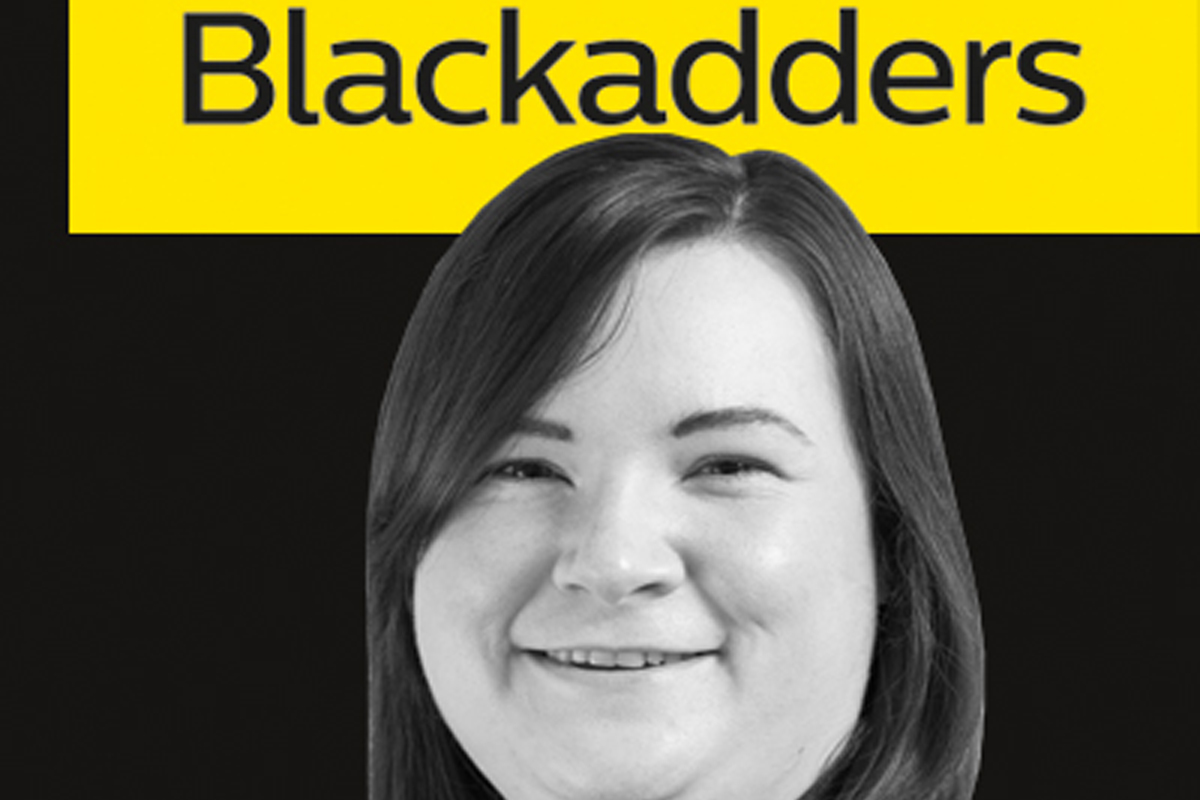The COVID-19 Pandemic and its effect on accessibility to Personal Insolvency Regimes
20 Apr 2021
By Susan Currie, Senior Solicitor Dispute Resolution Blackadders LLP @DisputeLawSusan
Over the last 12 months, the COVID-19 pandemic has had a massive impact on personal finance and on eligibility for entering into a personal insolvency regime. The Coronavirus (Scotland) Act 2020 and the Coronavirus (Scotland) Act 2020 No 2 (the “Acts”) made some significant, albeit temporary changes to personal insolvency regimes. The main purpose of the Acts was to ensure insolvency regimes were accessible to those facing financial difficulties and to try to regulate the increased financial strain caused by the pandemic.
On 29th March 2021, The Bankruptcy (Miscellaneous Amendments) (Scotland) Regulations 2021 came into force making some of the changes in the Acts permanent. The main changes introduced by the new Regulations are as follows:
- Minimal Asset Process (MAP) MAP is a sequestration regime available to debtors that have minimal assets, subject to certain qualifying criteria. Previously the debtor’s debts at the date of making the MAP application could not exceed £17,000. The temporary change under the Acts increasing the debt level to £25,000 has now been made permanent.
Student Loans are also now excluded from being included in the debt total for a MAP application.
- Fees When a debtor is considering applying for their own sequestration, the costs involved can often be a barrier. The Acts reduced the fee payable for a sequestration application to £150. The fee for a MAP application was reduced to £50. These changes have now been made permanent. The liability for paying an application fee has also been removed for debtors who are in receipt of certain benefits (including Universal Credit and Employment and Support Allowance).
- Debtor Contribution Order In sequestration, a debtor may be required to make a regular payment from excess income to allow monies to be ingathered in the estate and to allow for a dividend payment to be made to creditors. This is known as a Debtor Contribution Order. This is calculated with regards to the debtor’s income and expenditure. If the debtor has been sequestrated on the petition of a creditor (i.e. they didn’t choose to apply for their own sequestration), their trustee must now provide initial proposals for the regular payment within 12 weeks of the award of sequestration. This has doubled the previous timescale that trustees had to comply.
- Electronic Signatures As with previous changes, the principal aim of the Regulations is for there to be consistency and ease of functioning. To take into consideration that most money advisors, trustees and insolvency practitioners will now be working at home, most forms required for the insolvency process can be signed with an electronic signature.
Whilst these changes have been made permanent, there are still a number of temporary changes in the Acts. Read our previous blog for an overview of the temporary changes including an increase on the creditor petition threshold to £10,000.
Overall, these permanent changes make insolvency regimes more accessible to those facing financial difficulty, and are likely to be a lifeline for those that previously struggled to enter into an insolvency regime.
For information and help on any insolvency process please speak to a member of the Blackadders Insolvency and Dispute Resolution Team working in Aberdeen, Dundee, Edinburgh, Glasgow, Perth, and across Scotland.
www.blackadders.co.uk
